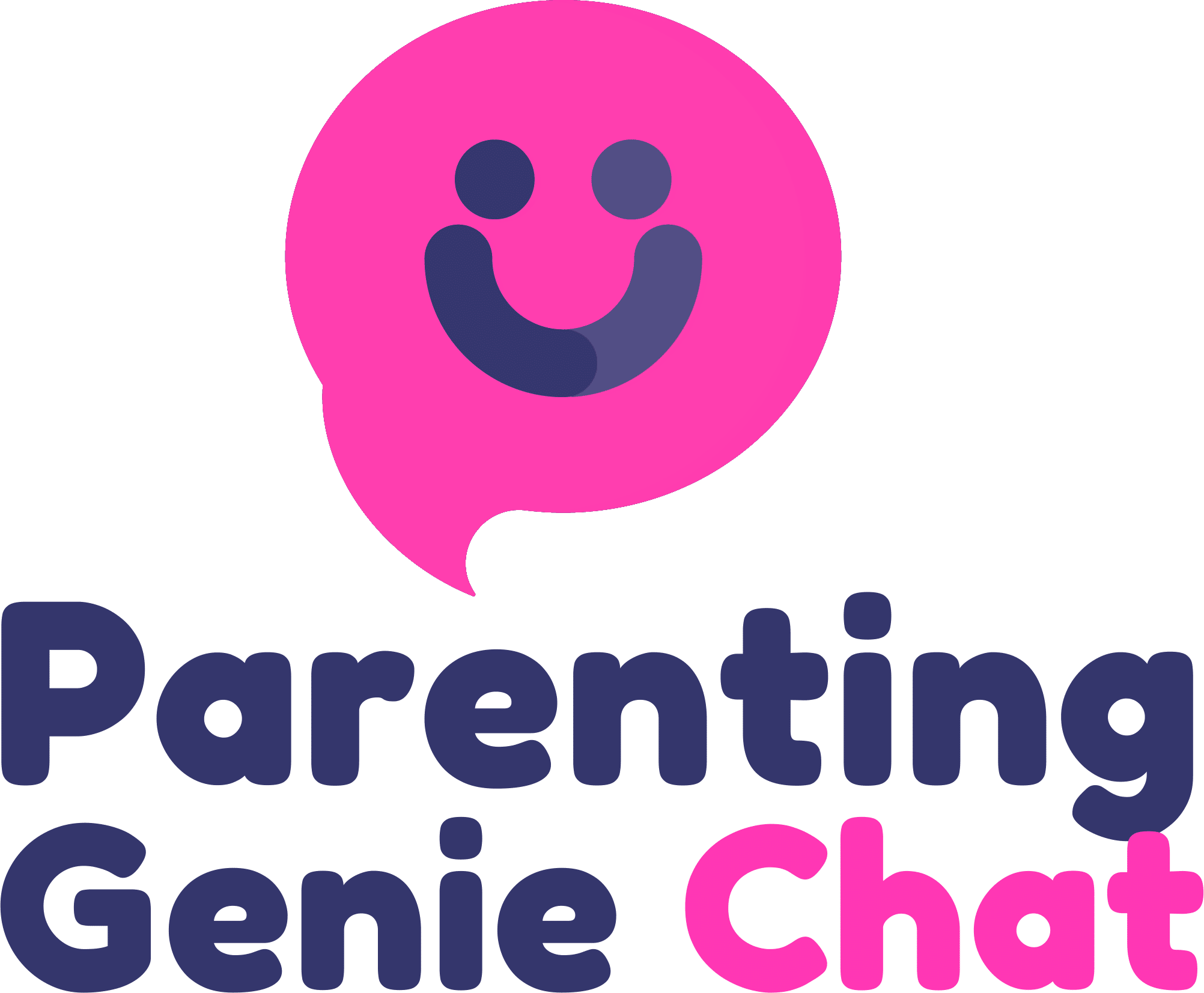
- +61 1300 704 750
- admin@parentinggenie.com.au
- PO Box 706, Townsville, QLD 4810

Genie Chat
Let’s be real – parenting is a wild ride, and sometimes our little bundles of joy need a bit more support than we can provide on our own. That’s where child therapy comes in, and trust me, it’s been a game-changer for our family.
When I first heard the words “child therapy,” I’ll admit I was nervous. Was something wrong with my child? Would people judge us? But here’s the truth – child therapy is just another tool in our parenting toolkit, no different from taking our kids to a pediatrician or speech therapist.
Child therapists are like supportive guides who help our children navigate their emotions, develop coping strategies, and understand themselves better. They’re not here to “fix” our kids, but to support their emotional growth and resilience.
Our children experience big emotions in little bodies, and sometimes they may need extra help processing:
– Anxiety and stress
– Behavioral challenges
– Family changes (divorce, new siblings)
– Trauma or significant life transitions
– Social difficulties
– Learning challenges
Personally, I experienced my parents going through a divorce at a young age, and I felt so lost during that time. I feel that if my mum had known about child therapy and the existence of child therapists, or if it had been available, it would have helped me a lot during one of the most emotional and stressful periods of my childhood.

One incredible approach I’ve discovered while exploring child therapy is deep pressure therapy, which has been a true blessing for children who struggle with sensory processing or anxiety.
The common deep pressure therapy technique involves:
– Weighted blankets
– Compression clothing
– Therapeutic massage
– Gentle squeezing techniques
– Specialized therapeutic tools
Child therapists often teach parents how to implement deep pressure therapy at home.
Imagine a big, comforting hug that helps calm your child’s nervous system. That’s essentially what deep pressure therapy does. It uses gentle, firm pressure to help children feel more grounded and secure. For kids with sensory processing challenges, autism, or anxiety, this can be an absolute game-changer.

Not all children are the same, and deep pressure therapy isn’t a one-size-fits-all solution. However, some children find extraordinary relief and support through this approach, so what kind of children will be benefiting from deep pressure therapy:
Kids who struggle to process sensory information often find deep pressure incredibly soothing. It helps them:
– Regulate their sensory input
– Feel more grounded
– Reduce overstimulation
– Improve body awareness
Many children on the autism spectrum experience:
– Heightened sensory sensitivity
– Difficulty with physical touch
– Challenges in emotional regulation
Deep pressure therapy can provide:
– A sense of calm
– Reduced anxiety
– Improved focus
– Better emotional self-regulation
For kids with attention challenges, deep pressure therapy can:
– Help improve concentration
– Reduce hyperactivity
– Provide a calming sensory experience
– Support emotional balance
Some children experience intense anxiety that manifests as:
– Restlessness
– Difficulty sleeping
– Constant worry
– Physical tension
Deep pressure techniques can offer:
– A sense of security
– Reduced stress responses
– Improved relaxation
– Better sleep patterns
Kids with various developmental conditions may find deep pressure therapy beneficial, including those with:
– Developmental coordination disorder
– Sensory integration challenges
– Emotional regulation difficulties
From my own experiences and consultation with child therapists, I found that while deep pressure therapy can be incredibly helpful, it’s crucial to:
– Consult with a qualified and professional therapist
– Understand your child’s individual needs
– Approach therapy as a personalized journey
– Be patient and supportive

Choosing a child therapist is like finding the perfect pair of shoes – it needs to be just right. Here are my top tips:
– Look for professionals specializing in child and adolescent psychology
– Check their credentials and experience
– Ensure they have a warm, child-friendly approach
– Trust your parental instincts
– Consider comprehensive therapy approaches
Licenced child therapist are trained to understand and address the unique mental and behavioral needs of children, and their training includes child psychology principles.
When we first started therapy, my daughter was struggling with a lot of separation anxiety at two years old, and I was filled with fear and uncertainty. I worried about whether she’d feel different from other kids or if she’d be stigmatized. But as I’ve watched her grow, developing emotional intelligence, communication skills, and self-confidence, it’s been so rewarding to see how far she’s come
Therapy isn’t about “fixing” our children – it’s about giving them tools to understand themselves, communicate effectively, and navigate life’s challenges.
As mums, we’re always tuned into our children’s needs. Some signs that might indicate your child could benefit from therapy include:
– Persistent mood changes
– Significant behavioral shifts
– Difficulty making friends
– Trouble at school
– Sleeping or eating pattern changes
Let’s be clear – seeking help is a sign of strength, not weakness. By supporting our children’s mental health, we’re teaching them it’s okay to ask for help, to talk about feelings, and to prioritize emotional well-being.
Every child is unique, and their therapeutic journey will be too. And their therapeutic journey can provide additional support, but remember – you’re your child’s most important advocate and support system.

Jenny Yan is a mum, entrepreneur, and the creator of Healthy Mum and Bub—a parenting space dedicated to real, honest advice on motherhood, baby milestones, and self-care for mums. When she’s not navigating toddler tantrums, she’s testing out sensory play hacks or sneaking in a coffee before nap time ends. Follow more parenting tips at Healthy Mum and Bub.. Contact her at contact@healthymumandbub.com